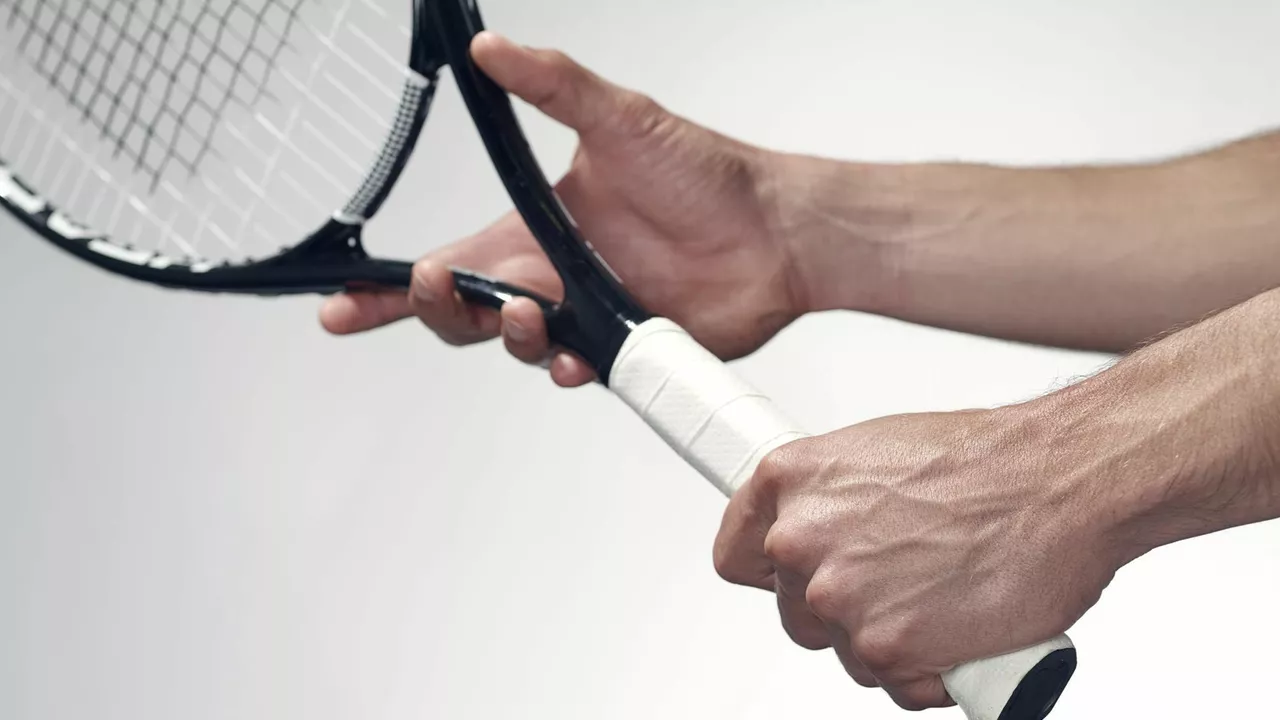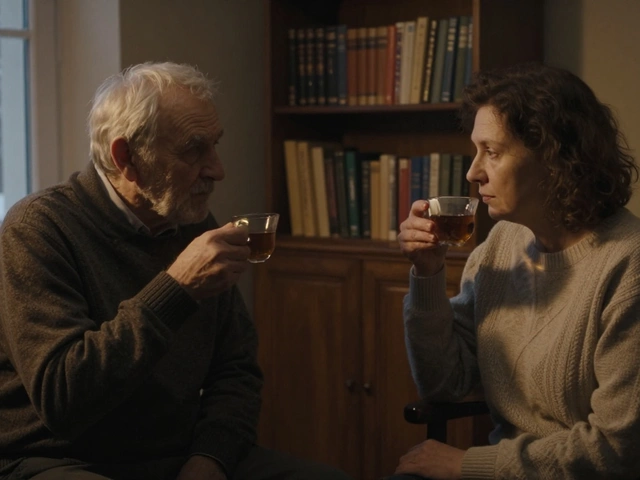Best Racket Selection: How to Choose the Right Tennis Racket
If you’re tired of feeling like your racket is a dead weight, you’re in the right place. Picking a racket isn’t rocket science, but it does need a bit of know‑how. In this guide we’ll break down the key specs, show you how to match a racket to your style, and give you a few top picks that won’t break the bank.
What Matters When Choosing a Racket
Weight. A lighter racket (around 260‑285 g unstrung) helps beginners swing faster and stay relaxed. Advanced players often add a few grams for stability on hard hits. Try holding a racket in the store – if it feels like you can swing it for an hour without shaking, you’ve hit the sweet spot.
Balance. Head‑light rackets put more weight toward the handle, making them easier to maneuver at the net. Head‑heavy models add power on groundstrokes. Most all‑court players enjoy a slightly head‑light feel because it lets you transition quickly between baseline and volley.
Stiffness. Stiff frames (high RA rating) give a crisp pop on serves but can sting the arm. Softer frames absorb shock, which is kinder if you’re prone to tennis elbow. Look for a rating between 65 and 70 if you want a mix of feel and power.
String Pattern. A dense pattern (e.g., 18x20) offers control and durability, while an open pattern (16x19) creates spin and a livelier feel. If you love looping topspin, go open. If you prefer flat, fast balls, stay dense.
Grip Size. Measure the distance from the tip of your ring finger to the second line on your palm. A size 4¼ (10.5 mm) works for most players. Too small and the racket twists; too big and you lose wrist snap.
Top Picks for Different Play Styles
Baseline Power – Try the Wilson Blade 98. It’s a bit head‑light, has a moderate stiffness, and a 16x19 pattern that gives spin without sacrificing control. Most players find the 285 g version solid enough for heavy groundstrokes.
All‑Court Flexibility – The Babolat Pure Drive balances power and spin. Its 100 g weight and 16x19 strings make it easy to swing, and the Cortex technology softens vibrations – great for players who switch between baseline and net.
Net‑Game Speed – Go for the Head Graphene 360+ Speed MP. The head‑light balance and slightly lighter weight (285 g) let you volley quickly, while the 18x20 pattern offers precise placement on volleys and serves.
Budget Friendly – The Yonex Ezone 100 delivers solid performance at a lower price. Its mid‑weight feel (300 g) and 16x19 strings give enough spin for casual players, and the built‑in dampening reduces arm fatigue.
Before you buy, demo a few rackets if you can. Most clubs let you try for an hour, and that short test can save you money and frustration. Take note of how the racket feels on forehands, backhands and serves. If it feels too heavy or too stiff, move on – there’s a perfect match out there.
Finally, don’t forget to string your racket correctly. A tighter string (around 26 lb) adds control, while a looser tension (22 lb) boosts power and spin. Pair the right tension with your playing style and you’ll notice a big difference right away.
Choosing the best racket is about matching specs to your game, not chasing the latest brand hype. Use the tips above, try a few models, and you’ll walk onto the court with confidence. Happy hunting, and may your new racket bring plenty of winners!
Choosing the best tennis racket for your style and ability can significantly improve your game. It's not about the brand, but about understanding your playing level, physical strength, and personal preference. You need to consider factors like the racket's weight, head size, and grip size. It's also crucial to understand the differences between power rackets and control rackets. Always try a few rackets before making your final decision to ensure it feels right in your hand and complements your game.
Continue reading...



